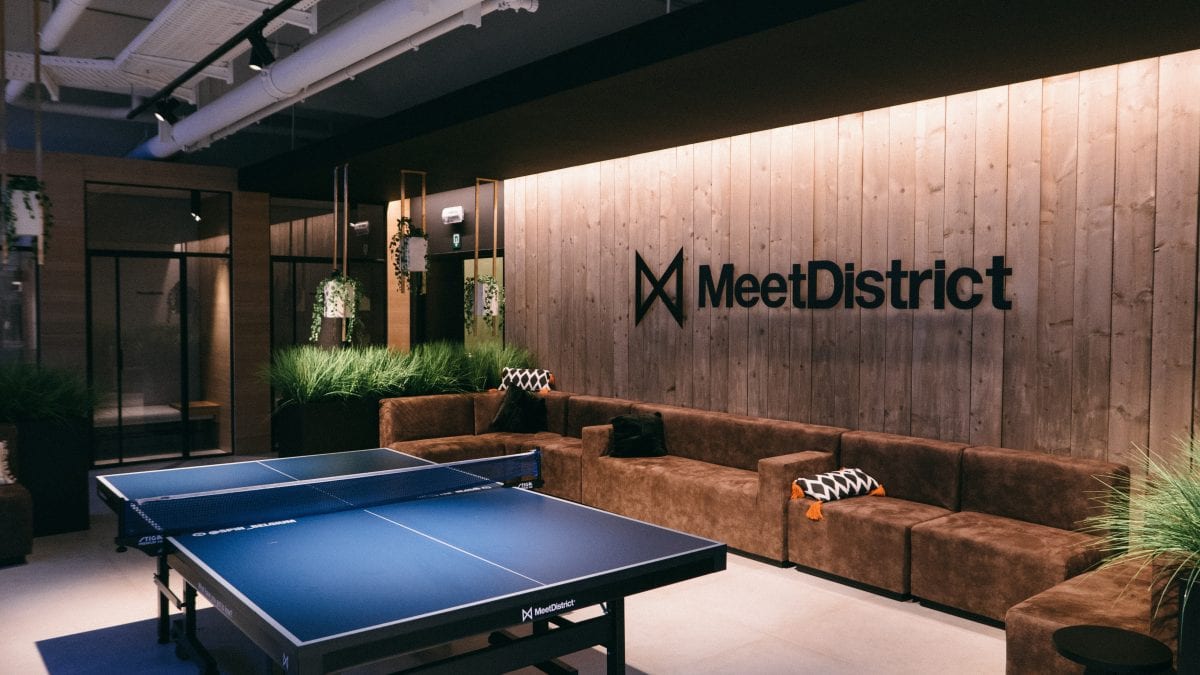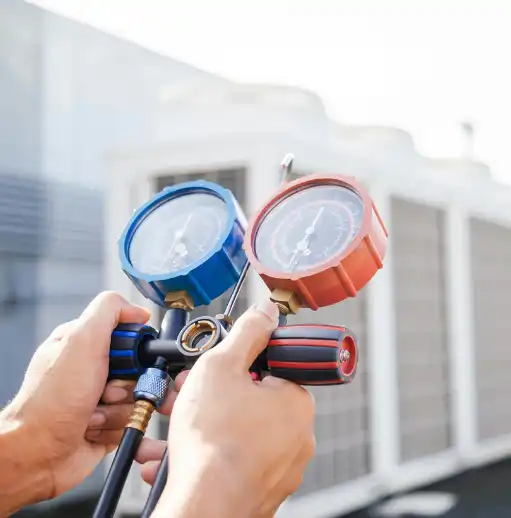
The concept of a “workplace” still conjures images of desk rows and offices, copy rooms, and cubicles. But this version hasn’t existed for some time. In fact, modern workplace trends have drastically changed the office landscape. Today’s office involves a lot more than desks.
Get to know the modern workplace
To understand the modern workplace, we need to look at the types of spaces that dominate it. Walk into any innovative company today and you’ll likely find a few of these areas:
- Agile workspaces: These are areas meant to accommodate different groups and tasks in the blink of an eye. An agile workspace may be used to pitch a presentation, promote team collaboration, hold performance evaluations, etc. They’re usually outfitted with tech, booked in advance, and managed accordingly. In some facilities, they may even be shared amongst different departments.
- Private workspaces: As the name implies, they’re areas workers can escape to for head-down work time. Private rooms and phone booths are great for employees who need peace and quiet or who work better when secluded. Similarly, they’re a place to decompress and de-stress, away from the hustle and bustle.
- Collaborative environments: Brainstorming sessions, group projects, presentations, and more all benefit from spaces that accommodate more than a few people. Collaborative environments exist for these purposes and more. They can be agile spaces or dedicated areas depending on the company’s unique needs. In many cases, they’re as simple as a conference room; in others, it’s a specially designed area.
- Desk neighborhoods: Desk neighborhoods are an evolution of the cubicle group. Grouping team members together enables better everyday communication and collaboration, resulting in more cohesion in the work they do. Neighborhoods are popular in modern workplace design because they also foster better company culture through a broader social work experience.
- Hot desks: Make sure everyone has a desk! Remote workers, part-timers, consultants, guests, and other semi-permanent residents benefit from hot desks (also called hotel desks). They’re a great way to maximize space and improve accommodation in one solution. Hot desks can also provide in-office workers freedom and mobility in where they choose to sit and work each day.
- Amenities: As concerns about work-life balance and health and wellness rise, offices are shaping to accommodate them. Cafeterias, gyms, nap rooms, yoga and meditation rooms, cafés, game rooms, and more are working their way into modern workplaces. These areas show an employer’s understanding of the human element. Often these types of amenities are big in shaping company culture and attracting talent.
While desks and cubicles still exist and some remnants of the traditional office are still in play, the modern workplace definition is one made up of these new, must-have areas.
The building blocks of a successful business
Not every modern workplace has an on-site café, desk neighborhoods, and a fleet of hot desks. Think of these spaces as building blocks and the modern office as a canvas. Companies are picking and choosing the best types of workspaces for their staff and deploying them where they’ll have maximum impact.
If you’re a big company in a small space, hot desks and agile workspaces are must-haves. If your workers are mostly Millennials and Gen Z’ers, amenities and collaborative environments are important. Multigenerational workforce? Desk neighborhoods and private workspaces might be a good combination. The modern office design is entirely dictated by the people using it.
Providing employees a combination of these modern spaces means recognizing their needs. And, when you do, you’ll be rewarded with a positive company culture, happier workers, more productive outputs, and lower costs.
Making the transition to modern spaces
Thinking about redesigning your workplace? Knowing what kinds of spaces exist is a good start; putting them to work is a new challenge altogether.
- Consider the needs of your employees and the types of work they’re doing. Pair those needs with accommodating and enabling areas.
- Calculate the amount of space you’re working with. What can you do with what you’ve got, while maximizing space, boosting productivity, and reducing costs?
- Communicate redesign plans to employees before making any changes. Extol the benefits of modern workspaces and make sure everyone is onboard.
- Map out the changing landscape of your office and execute your plan with the least amount of disruptions.
There’s going to be an adjustment period when shifting to modern workspaces. That’s okay! If you take the time to set procedures and explain the changes, things will iron out quickly as people get back to work. And, with luck, your business will start to see the bountiful effects of modern space utilization shortly after making the switch.
There’s a reason agile spaces, desk neighborhoods, hot desks, and more are mainstream office design trends (as well as top workplace trends). They work! Deploying them in your workplace will be the best evidence that they do.
Keep reading: 20 simple ways to enhance workplace wellbeing.




